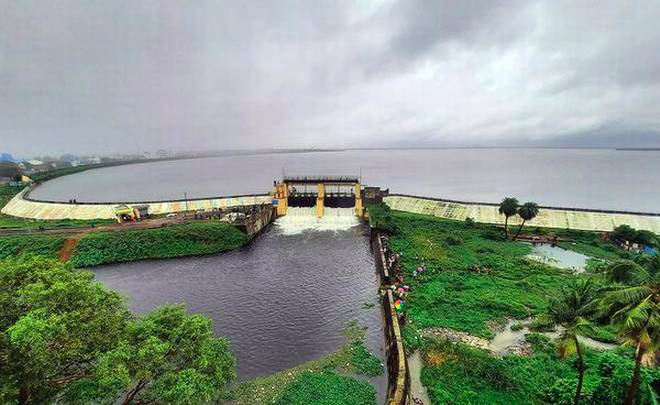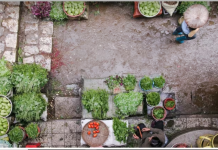In the past two years, the Red Hills reservoir has gained more charm and emerged as a significant site for community learning about biodiversity conservation.
As a step towards developing the reservoir into a tourism site, the Water Resources Department (WRD) is enhancing biodiversity and adding green cover with participation of the public and various non-governmental organisations (NGOs).
Built in 1876, the reservoir, which is nearly 93% full, is one of the city’s five major sources of drinking water.
Attractions besides the Jones Tower have been added to the lake. Work is in progress for the documentation of bird species during the season and also to further develop the butterfly park in the lake’s periphery.
Nearly 40 birds species, including the paradise flycatcher and orange-headed thrush, have been documented so far. Officials of the WRD said the lake and its periphery now sport a cleaner and greener look owing to the concerted joint efforts of the department, NGOs and residents.
Jerold Finny, director, Alpha Matriculation Higher Secondary School, said the school and its alumni had joined hands with the Social Work Team Trust (SWOTT) and various organisations to beautify the lake through several initiatives, including clean-up, plantation and wall painting drives.
The butterfly habitat created with nectar yielding plants, such as crepe jasmine and hibiscus, is a visual treat for visitors. The collaborative efforts of the WRD and organisations, including The Trust for Environment Monitoring and Action Initiating, has attracted several butterfly species, including the lemon pansy, the oriental plain tiger and the coromandel glassy tiger, he said.
The week-end lake restoration volunteering initiative has been on for 104 weeks now. Members of SWOTT noted that nearly 25% of green cover has been added in the lake’s periphery.
Besides the dedicated site at Alamaram, saplings have been planted outside the main bund to enhance greenery.
SWOTT’s founder S. Sameer said nearly 20,000 seed balls have been planted so far, and students have started volunteering too. Students from Vivekananda School, Red Hills and DG Vaishnav College recently planted over 200 saplings. “We are also documenting the waterways around the reservoir using drones and even removed 25 tonnes of plastic from the baby canal linked to the reservoir,” he said.
The trust has also taken efforts to reduce 60% of the sewage outfalls from areas such as Pammadhukulam, Kavankarai and Padianallur. SWOTT had recently made a representation to the State government to develop the reservoir as a tourism site with facilities, including boating and park, he added.
Officials of the WRD noted that a team from the Tourism Department had also visited the reservoir to check the feasibility of developing it as a tourist site. Plans to create Miyawaki forests is also in the pipeline.















